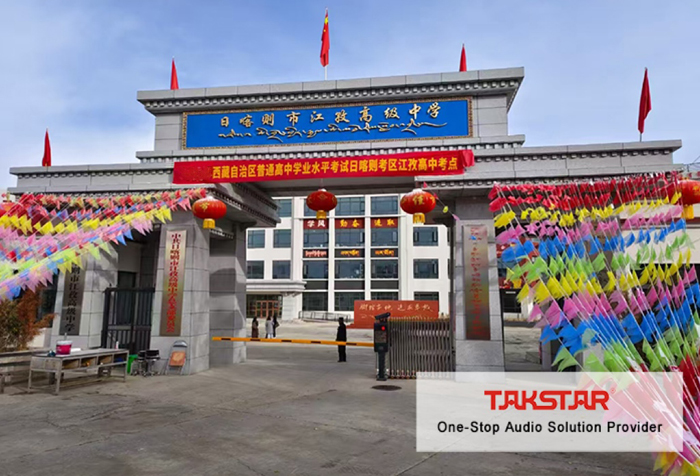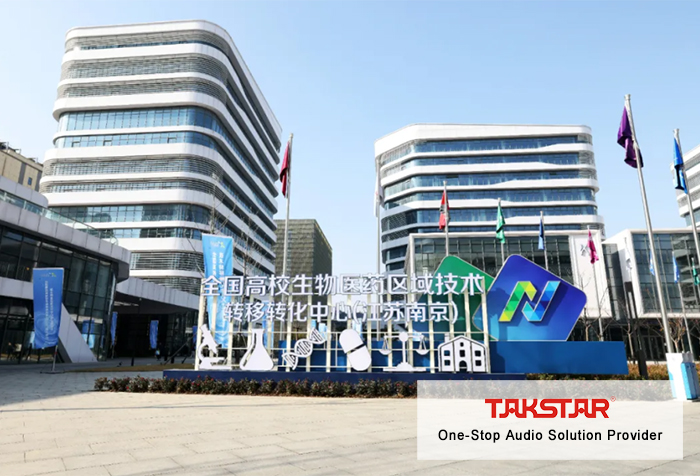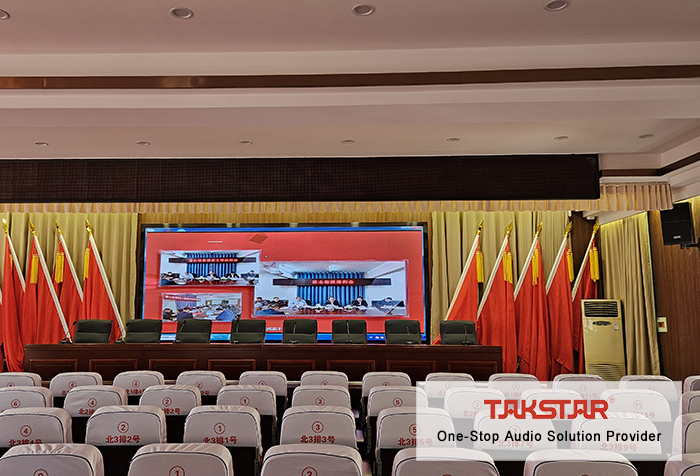Audio Application | A Guangzhou PLA Ground Force Division Conference Room
Enterprise Press
Release date: 2025-02-11
A professional technical team from Takstar (Guangzhou) was responsible for the audio system installation project in the conference room of a Guangzhou PLA ground force division. The project involved pre-design planning, equipment selection, and final installation and commissioning. The system includes a speech system and a sound reinforcement system, which has been successfully accepted and put into use, improving the efficiency of the troops' daily reporting and coordination work.
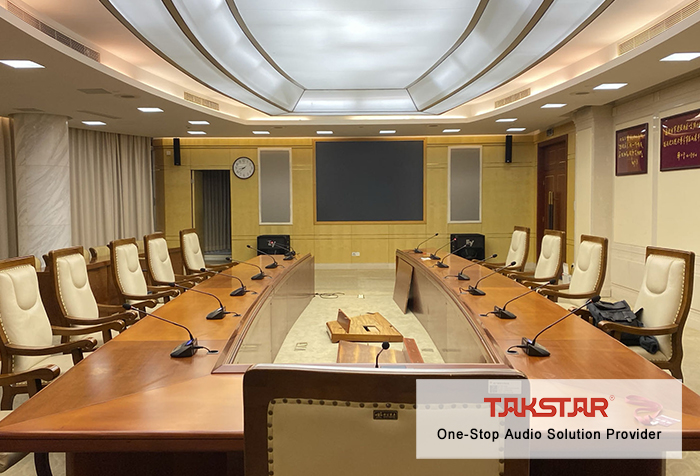
Due to the large number of attendees and the need to manage the meeting order, the speech system adopts the DG-S100 desktop daisy chain conference system. The microphone pickup distance is long, and the 8-core "T-type hand-in-hand" daisy chain connection method allows for free, rotating, restricted speech, chairman exclusive, and video tracking functions, which helps the "chairman" maintain the meeting order and improve the meeting efficiency. The system also has strong scalability, expandable up to 250 microphone units, fitting the needs of meetings of various scales.
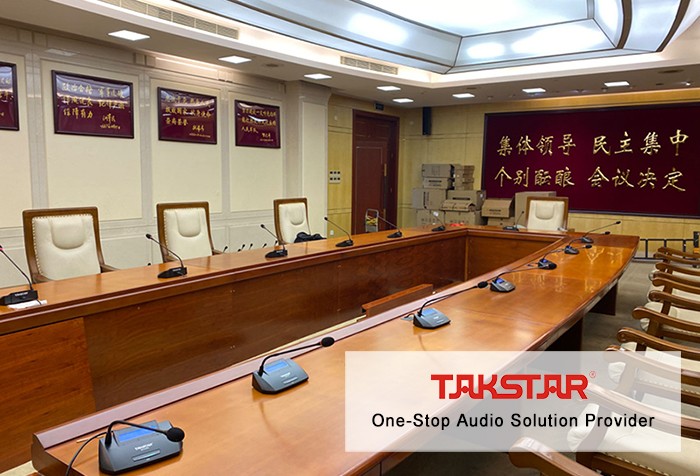
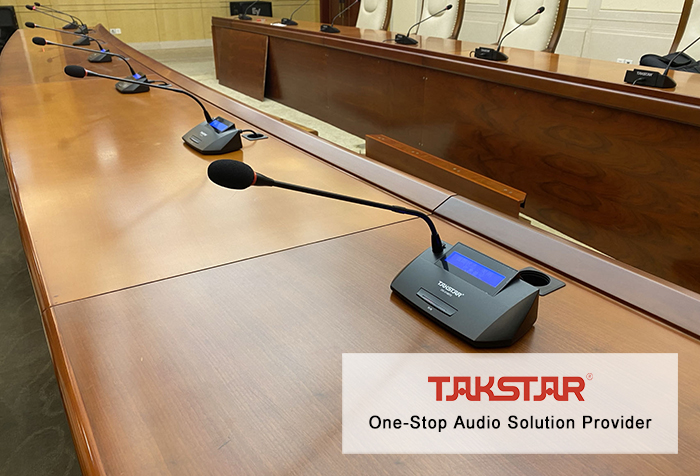
The ESC-044 column speaker installed indoors is designed for medium to large conference rooms. It is paired with the efficient and low-distortion EKA-3A 300W power amplifier to provide a uniform and consistent sound field. The vertical line source design of the column speaker reduces sound reflection interference, ensuring concentrated and direct audio coverage for attendees in any part of the room.
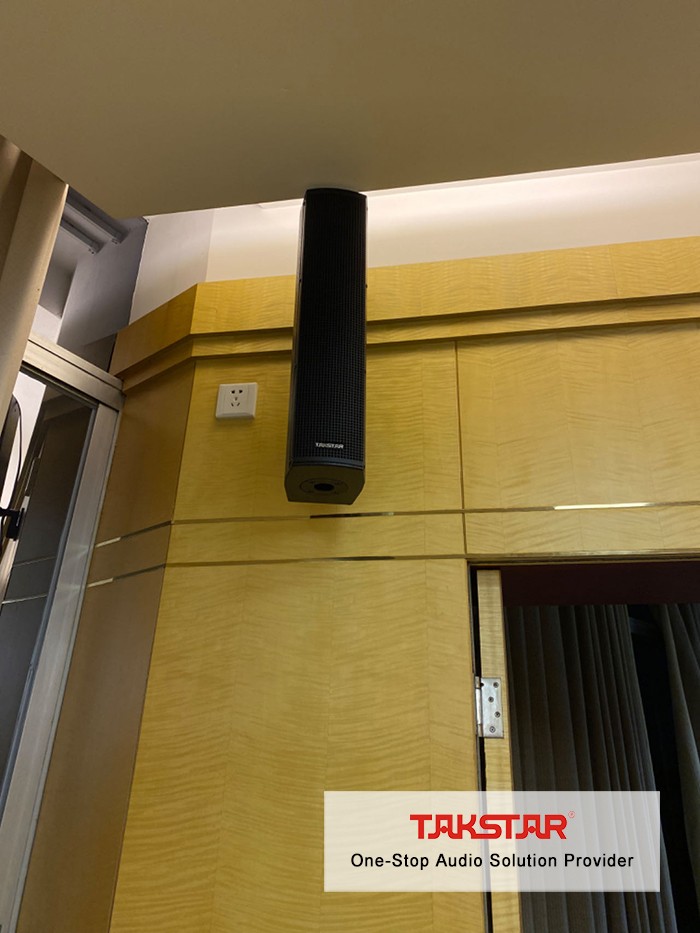
For audio processing, the XR-1016FX analog mixer is responsible for multi-channel signal mixing, distribution, and audio effect processing. The EKX-408 digital audio processor performs precise equalization and delay processing for the entire system. The FE-224N digital feedback suppressor and EPO-802N power sequencer effectively improve howling and monitor the stability of the power supply.
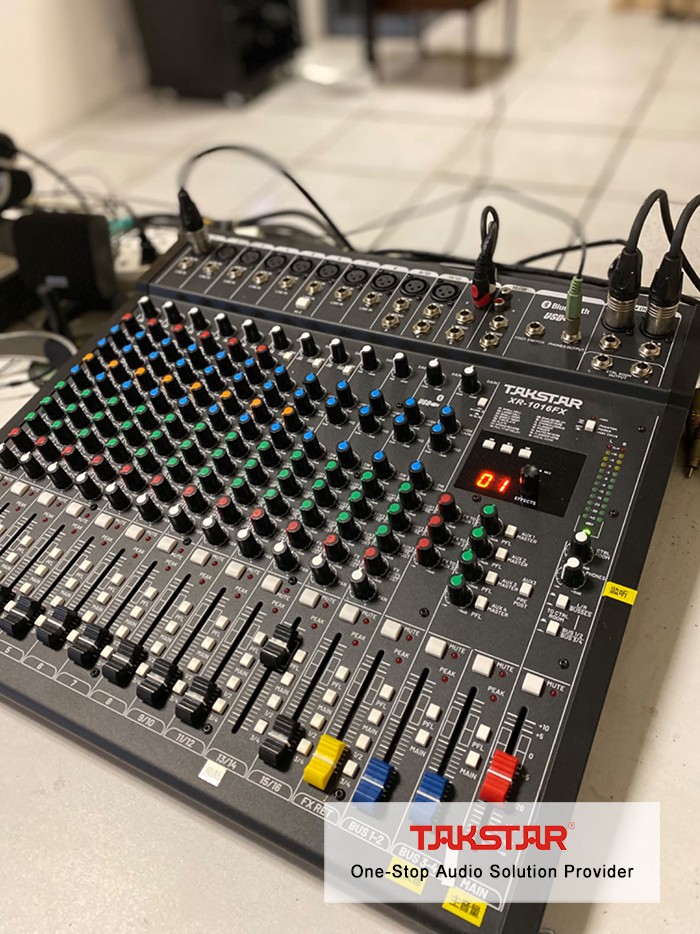
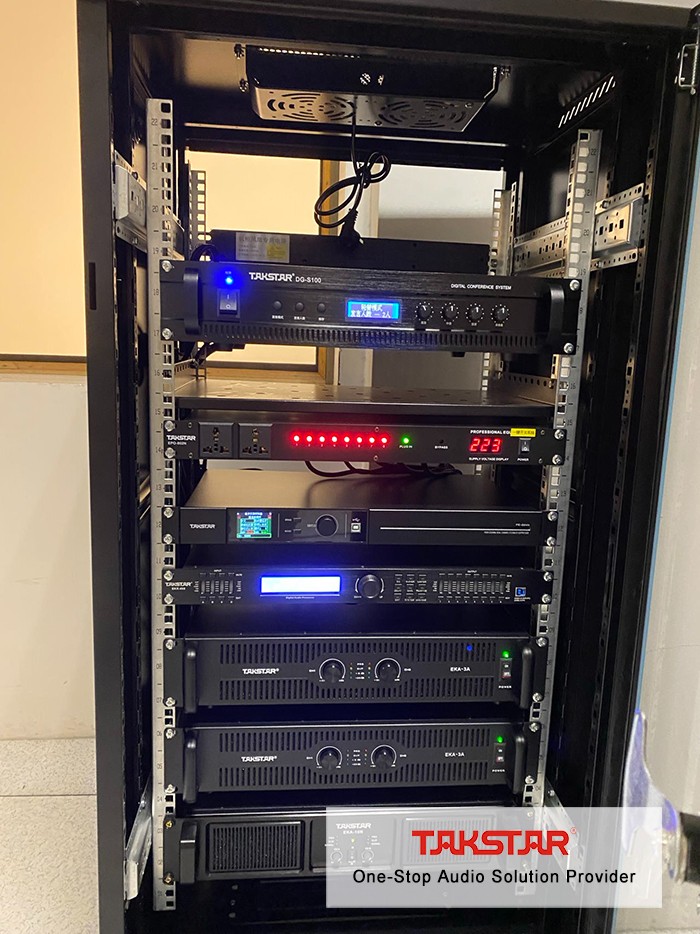
The entire sound reinforcement system is designed in strict accordance with national acoustic standards. The voices of the attendees are picked up, processed through the mixer, audio processing, amplification, and finally output through the speakers, delivering clear, smooth, and effective speech reinforcement and multimedia playback, achieving the expected upgrade and transformation goal and promoting the coordination and efficiency of the troops' various tasks.


